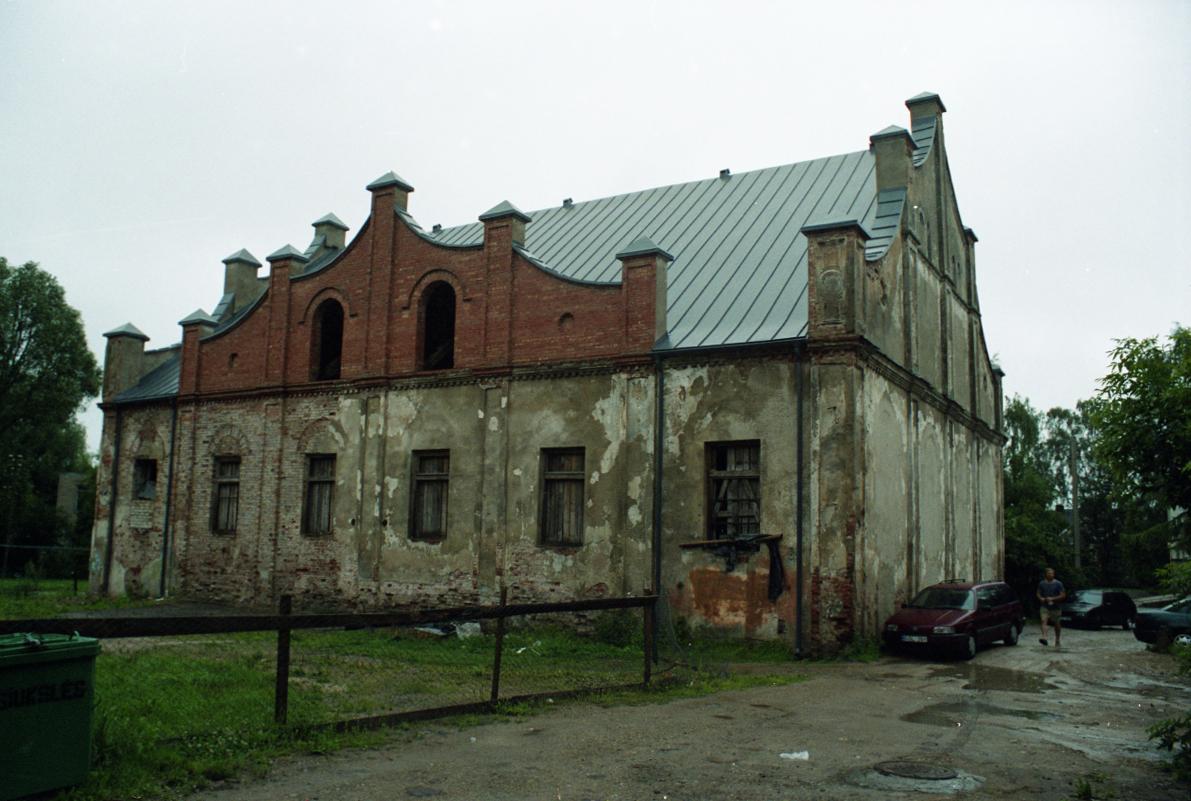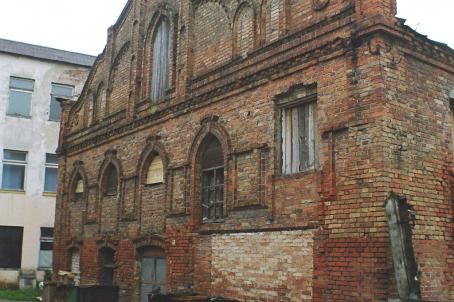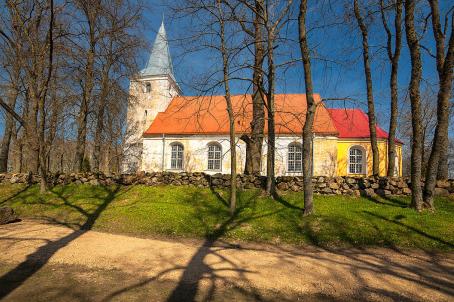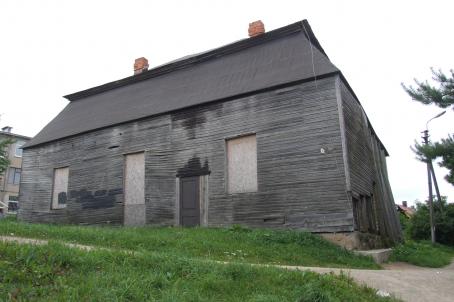White Synagogue in Joniškis

The White Synagogue in Joniškis is an Ashkenazi synagogue built in brick between 1864 and 1865. The baroque and neo-classical synagogue has had to be renovated several times since the post-war period, most recently for its transformation into a cultural centre.
About this building
For more information visit on this building visit http://historicsynagogueseurope.org/browser.php?mode=set&id=8855





